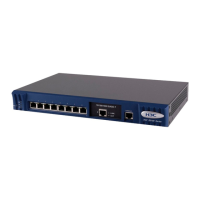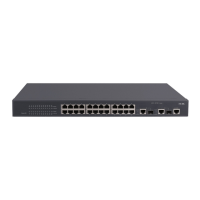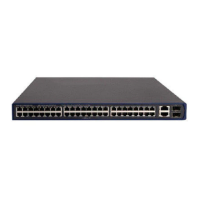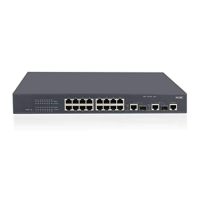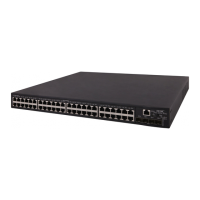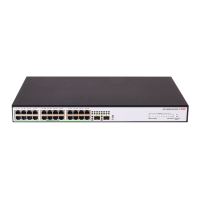1-32
You need to specify the authentication mode for an SSH user. Otherwise, the user will not be able to log
in to the SSH server.
Related commands: display ssh user-information.
Examples
# Specify the publickey authentication for SSH users.
<Sysname>system-view
System View: return to User View with Ctrl+Z.
[Sysname]ssh user kk authentication-type publickey
# Display SSH user information.
[Sysname] display ssh user-information
Username Authentication-type User-public-key-name Service-type
kk publickey null stelnet
ssh user service-type
Syntax
ssh user username service-type { stelnet | sftp | all }
undo ssh user username service-type
View
System view
Parameters
username: SSH user name, a string of 1 to 184 characters. It cannot contain any of these characters:
slash (/), backslash (\), colon (:), asterisk (*), question mark (?), less than sign (<), greater than sign (>),
and the vertical bar sign (|). In addition, the @ sign can appear up to once, the username part (that is,
the string before the @ sign) cannot be more than 55 characters, and the domain name part cannot be
more than 128 characters.
stelnet: Specifies that the user can access the secure Telnet service.
sftp: Specifies that the user can access the SFTP service.
all: Specifies that the user can access both services (secure Telnet and SFTP).
Description
Use the ssh user service-type command to configure service type for a user so that the user can
access specified service(s).
Use the undo ssh user service-type command to remove the service type specified for an SSH user.
The default service type for an SSH user is stelnet.
Related commands: display ssh user-information.
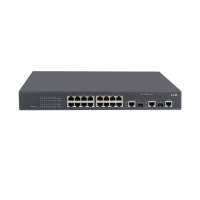
